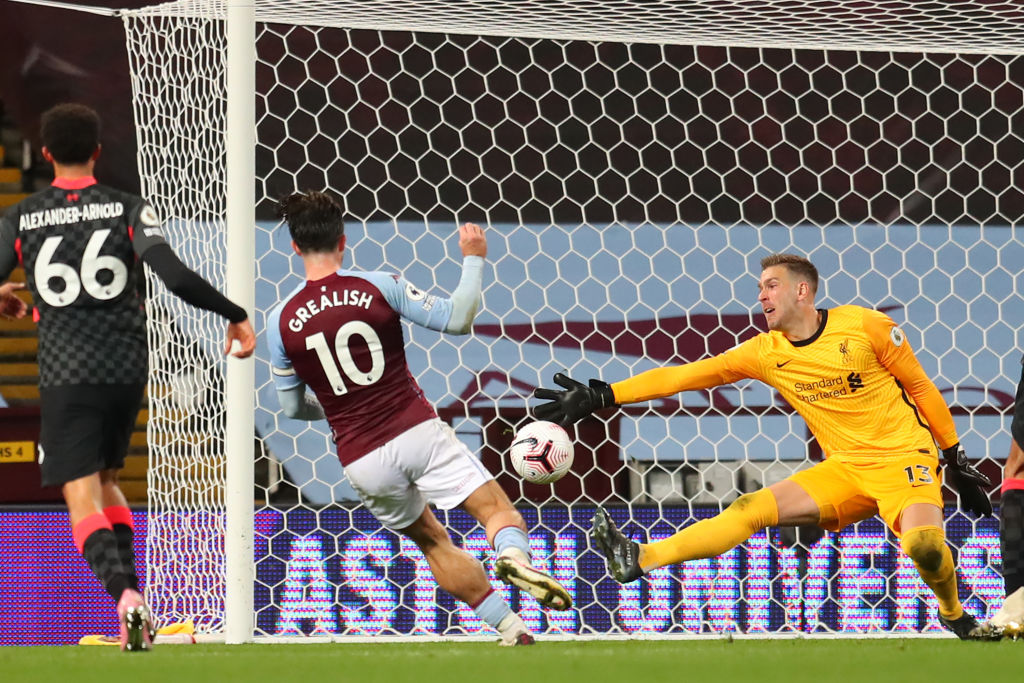Drop in drama comes at bad time for Premier League’s pay-per-view push

Who remembers the good old days of a few weeks ago, when the Premier League was all goals and madcap scorelines?
Leicester smashing five at Manchester City was soon eclipsed by Tottenham’s six-goal romp at Manchester United and then, giddily, Aston Villa putting seven past champions Liverpool.
Gameweek Two had set the tone, ushering in the new season with 44 goals across 10 games – a record for a round of Premier League fixtures in the 20-team era.
This was English top-flight football in caricature, and we lapped it up.
Suddenly, though, the goals and excitement seem to have dried up dramatically.
From an average of 3.79 goals per game in the first four rounds, Gameweek Five saw that figure drop to 2.80. So far in Gameweek Six it is just 2.
The number of matches featuring three or more goals has also plunged. For the first four rounds it was 68 per cent; since then it has been just 39 per cent.
That this drop in drama has come precisely as the Premier League has launched a new pay-per-view service is deeply unfortunate.
Madness of pay-per-view price point
Clubs’ support of a pay-per-view system — 19 of 20 clubs voted it through — is not entirely without merit.
Their income has been badly dented by the continued ban on fans attending matches during the pandemic, as Manchester United’s recent results illustrated.
Selling the rights to the 170 games that were not included in the various packages sold to Sky, BT and Amazon is a legitimate means to recoup losses.
These clubs, meanwhile, continue to face calls from government to bail out the lower leagues.
But the recent goal drought underlines the madness of setting a price point of £14.95 for each pay-per-view fixture.
Domestic Premier League viewers were already paying through the nose. Subscribing to Sky Sports, BT Sport and Amazon Prime costs £858 a year.
Clubs have offered no discount on pay-per-view to season ticket holders or members of other fans schemes.
Many of these supporters are out of pocket, having already paid their annual fees. And all at a time when households across the country are feeling the pinch.
Have clubs overplayed their hand?
Whatever clubs’ own financial setbacks, pay-per-view was bound to be a tough sell given these extra games were given to broadcasters earlier in the pandemic.
This meant armchair fans got used to gorging on an all-you-can-eat buffet of football each Saturday and Sunday.
Now half of the dishes have been taken off the menu and the fare has started to look a little stale.
We don’t know how clubs arrived at the figure of £14.95, which was widely decried on announcement.
Nor do we know how many have been willing to pay for the service in its first two weeks.
Having been quick to trumpet record figures on Sunday 4 October, the day Spurs and Villa ran amok, Sky has been quiet on pay-per-view buys – as, too, has BT.

And we don’t know exactly why the action has slowed. A degree of regressing to the mean? Certainly.
Perhaps, inspired by Marcus Rashford, his fellow Premier League stars have devised a new way to help the financially afflicted and sabotaged pay-per-view with dull games.
Maybe quality is suffering in this congested, compressed season because the footballers are being overplayed.
And maybe, by overcharging for extra games, Premier League clubs have overplayed their hand.
